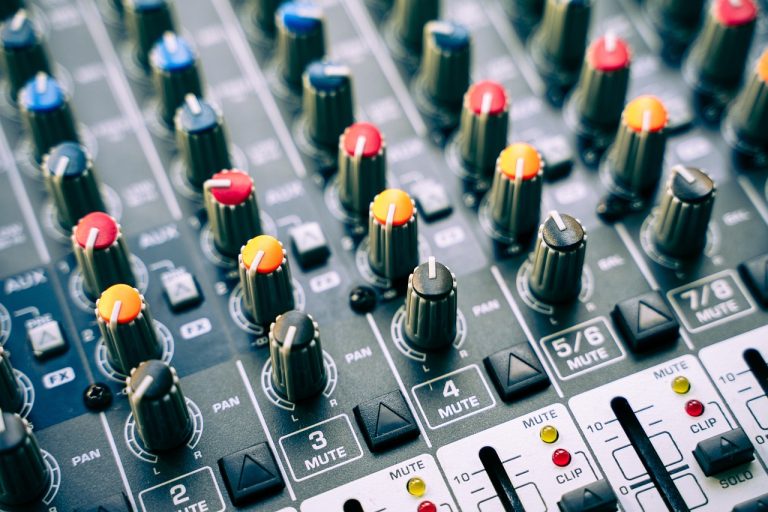Music has always been one of humanity’s most expressive art forms—an emotional language that transcends borders and generations. But now, as artificial intelligence (AI) continues to push the boundaries of creativity, a new player has entered the stage: the AI music generator.
These sophisticated tools are not just novelties or experimental tech. They’re becoming serious instruments in the hands of musicians, producers, content creators, and even hobbyists. Whether you’re crafting a film score, making a YouTube video, or just jamming for fun, AI music generator are changing how we think about composing and experiencing music.
What is an AI Music Generator?
An AI music generator is a system—usually powered by machine learning algorithms—that can compose original pieces of music, often within seconds. It analyzes thousands of musical patterns, genres, and structures to create coherent, stylistically accurate, and sometimes emotionally resonant compositions.
Some generators allow users to control key parameters like tempo, mood, instrument type, and genre. Others can generate music based on input text, reference melodies, or even an uploaded image or video. Popular platforms like AIVA, Soundraw, Amper Music, and Google’s MusicLM are leading the way in offering customizable, on-demand music creation.
How Does It Work?
At the heart of these AI tools are deep learning models—especially those based on neural networks like RNNs (Recurrent Neural Networks), GANs (Generative Adversarial Networks), and Transformers. These models are trained on vast datasets of music, learning the structures, harmonies, rhythms, and nuances that define different styles.
Once trained, the AI can mimic these patterns to produce new compositions that feel familiar, yet are entirely original. Some systems even allow feedback loops where users guide the AI’s learning or fine-tune outputs over time.
Benefits and Use Cases
- Speed and Efficiency: AI can generate full-length compositions in seconds, saving musicians and content creators countless hours.
- Accessibility: You don’t need to be a trained composer or producer. AI music tools democratize music creation for anyone with a laptop or smartphone.
- Creative Collaboration: Artists can use AI as a co-writer or muse, generating ideas they might not have considered on their own.
- Customization at Scale: Need 100 variations of a theme for different social media videos? AI makes it possible.
- Royalty-Free Content: Many platforms offer licensing models that let users avoid complicated copyright issues.
The Creative Debate: Threat or Tool?
As with any transformative technology, AI music generation has sparked debates. Some worry it could devalue human musicianship or flood the market with generic, algorithmically generated music. Others argue it’s just another tool—like synthesizers, drum machines, or DAWs—that extends human creativity rather than replacing it.
In truth, the best AI music today is often produced in collaboration with human oversight. The artist still plays a vital role in shaping, editing, and imbuing meaning into the machine’s output. It’s not a replacement for artistry—it’s a partner in it.
What’s Next?
AI music generators are evolving rapidly. Future advancements could include real-time adaptive scores for video games, AI that writes music tailored to your emotional state, or even fully interactive music that changes based on your environment or movement.
As the line between composer and code blurs, one thing is clear: music is entering a bold new era. And whether you’re a skeptic or a fan, the harmony between human creativity and machine intelligence is already playing out all around us.
Final Note
AI won’t replace the heart and soul that go into a great melody—but it might just help you write one. So whether you’re a seasoned producer or a curious beginner, there’s never been a better time to explore what AI-generated music can do.

